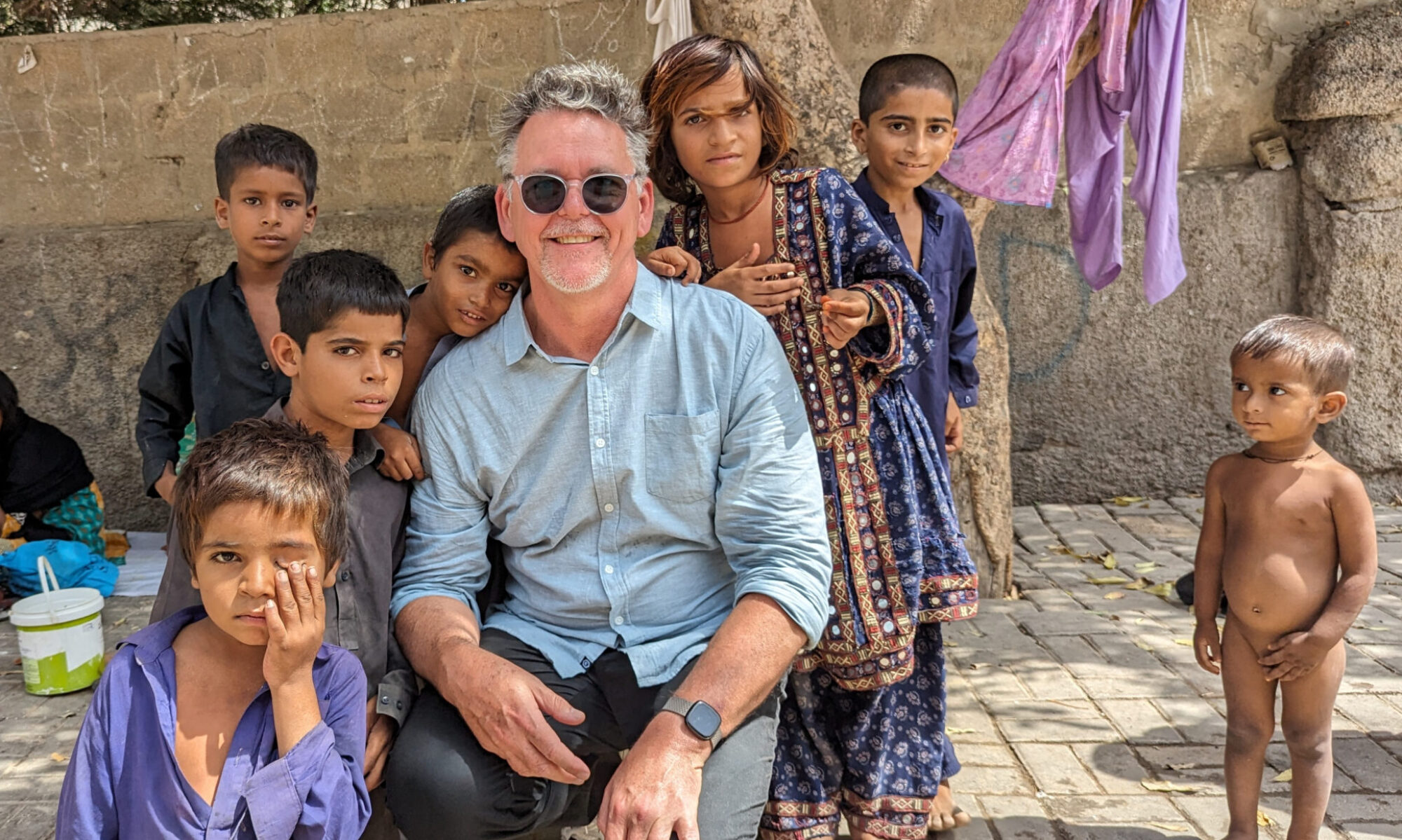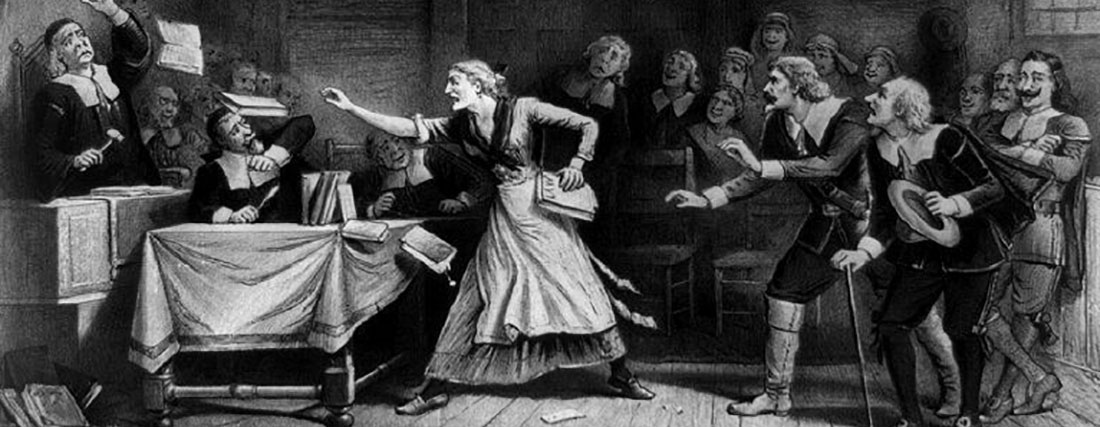The following press release was written by Dr Jason Zagami, president of the ACCE, in response to the recent review of the Australian Curriculum. This review, undertaken by Ken Wiltshire and Kevin Donnelly on behalf of the Liberal government makes a number of recommendations that are hard to understand in their inconsistency and lack of vision.
Here is Jason’s press release. Please spread it around.
For immediate release
Australian Council for Computers in Education has deep concerns with inconsistent support for school computing in the government’s response to the Review of the Australian Curriculum
ACCE has considered the Review of the Australian Curriculum Report and Supplementary Material, and is deeply concerned by some of the recommendations being considered by the government in the Initial Australian Government Response.
While ACCE acknowledges concern about a perceived overcrowding of the primary curriculum, there are many ways to address this other than a return to 19th and 20th Century curriculum priorities. It is an opportunity to refocus the curriculum on the 21st Century and to acknowledge ways in which subjects can be taught together in the primary years. This interdisciplinary collaboration in industry has stimulated many of the great innovations we now enjoy in modern society.
The USA and UK have identified the teaching of the computing discipline as a national priority. It would be a threat to Australia’s economic future if Australian students are excluded from being able to fully contribute to such innovations by a curriculum that limits their learning about digital technologies to a comparably superficial treatment in the senior years of schooling. Students in other countries will be advantaged by a developmental curriculum throughout their schooling. We do not expect students studying mathematics or science to start their studies in upper secondary for the same good reasons.
It is perplexing that the lack of support for computing as a discipline in the report is inconsistent with the Australian Government’s recognition of the importance of Science, Technology, Engineering and Mathematics (STEM). ACCE was encouraged by the government’s investment of 12 million dollars in the Restoring the focus on STEM in schools initiative that includes “the introduction of computer coding across different year levels in Australian schools leading to greater exposure to computational thinking, and, ultimately, expanding the pool of ICT-skilled workers.” ACCE is subsequently dismayed that this is not reflected in the proposed curriculum models.
For Australia to have a world class, 21st Century curriculum, students should have the opportunity to engage in meaningful ways with how they can develop digital solutions that improve their lives and solve problems that increase in complexity over time. This is necessary to develop students’ capacity to creatively develop digital solutions, and in doing so, enable them with the ability to make considered study and career choices that involve the many facets of digital technologies, be they in information technology, science, the media, service, construction, medicine, arts, entertainment, law, teaching, politics, or other careers.
ACCE maintains that the teaching of computing as a discipline should be a core subject in any modern curriculum. Unfortunately, that view was not expressed in the report. Curiously, this view was expressed by the report subject matter specialist in the supplementary material. Of the two models presented in the report, the one proposed by Dr. Donnelly includes study of Digital Technologies only as an option for educational authorities in the states and territories. Such an approach loses much of the value of an Australian curriculum to further national goals. However, this is preferable to a mandated limiting of the study of the computing discipline to just the upper years of schooling as proposed by Professor Wiltshire. ACCE reiterates the need for Digital Technologies to be included as a core subject to some degree at all levels of schooling to enable a developmental approach to the discipline.
ACCE strongly recommends the government consults more widely with industry and professional groups such as the Australian Council for Computers in Education (ACCE), Australian Computer Society (ACS), Australian Information Industries Association (AIIA), and Digital Careers, and relevant government departments, to resolve how Digital Technologies can be included as a core subject in a 21st Century Australian Curriculum.
Dr Jason Zagami
President of the Australian Council for Computers in Education (ACCE)
[email protected] 0755528454
The Australian Council for Computers in Education (ACCE) is the national professional education body for the teaching of computing in Australian schools. It comprises representatives from all state and territory associations and the Australian Computer Society (ACS).



